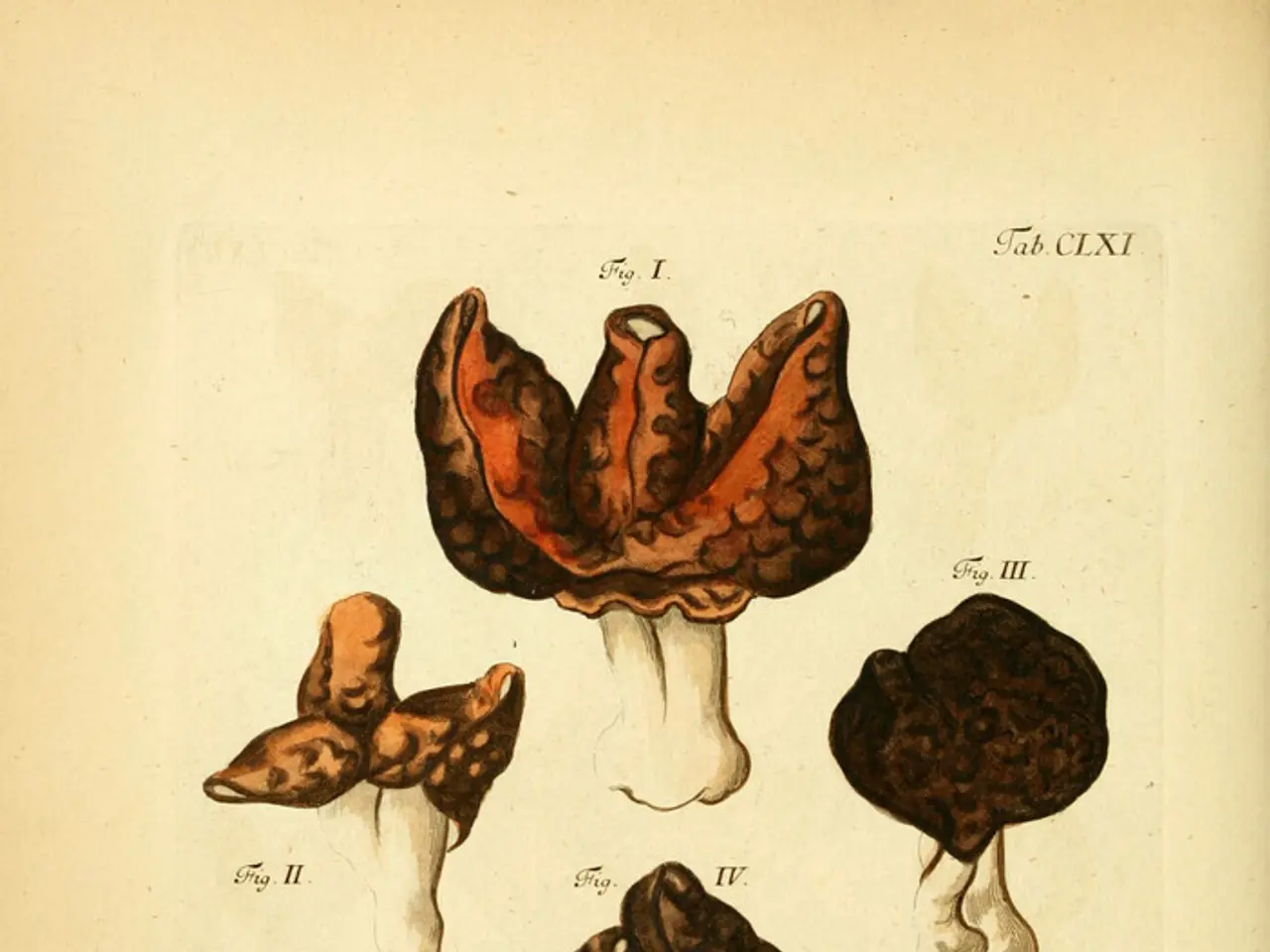Myrrh: Exploring its healing properties, practical applications, potential dangers
Myrrh, a resin from trees belonging to the genus Commiphora, has a rich history dating back thousands of years and is now the subject of modern scientific research. Originally native to Northern Africa and the Middle East, myrrh has been used in various traditional therapies for its potential health benefits.
In ancient Egypt, myrrh was employed to treat conditions such as hay fever and herpes. Fast forward to 2017, scientists proposed that myrrh and frankincense might help alleviate neuropathic pain. Today, current scientific studies highlight several potential health benefits of myrrh, particularly related to its bioactive resin extracts.
One of the key areas of interest is myrrh's antioxidant properties. While specific antioxidant data on myrrh resin extracts from the latest studies is limited, botanicals similar to myrrh often exhibit significant antioxidant effects that mitigate oxidative stress. This is crucial in reducing cellular damage and inflammation, though direct evidence for myrrh’s antioxidant action requires more detailed research.
Myrrh also demonstrates anticancer potential. Recent research indicates that myrrh resin extract, alone or combined with nanosilver particles, has shown antiproliferative activity against certain cancer cell lines such as colon and breast cancer cells. The molecular mechanism involves the suppression of proteins like PLK1, which is highly expressed in some breast cancer types.
Myrrh's traditional use in treating inflammatory diseases like rheumatoid arthritis may also hold merit. Although the evidence for myrrh's effectiveness in neuropathic pain relief and rheumatoid arthritis is currently limited, it is plausible that myrrh may offer benefits in these conditions by reducing inflammation and immune dysregulation.
In addition to its antioxidant, anticancer, and anti-inflammatory properties, myrrh exhibits immunomodulatory effects, which might enhance immune defense and potentially help in managing infections or immune-related conditions. The combination with nanosilver further expands its antibacterial activity.
Myrrh's unique sweet and smoky aroma has made it a popular ingredient in perfumes and incense throughout history. However, caution should be exercised when using myrrh, particularly for those with sensitive skin, as reported in a study published in Contact Dermatitis. Pregnant women should also avoid taking myrrh by mouth as it may be a cause of miscarriage.
Modern scientific research supports the health benefits of myrrh, with its essential oil being part of medical practice in traditional therapies for millennia. Myrrh's potential uses extend beyond traditional applications, with recent studies suggesting that myrrh may be effective against human gynecologic cancer cells. Furthermore, a study published in Food and Chemical Toxicology found that myrrh (Commiphora molmol) emulsion can protect against lead-induced hepatotoxicity.
In conclusion, myrrh shows promising antioxidant, anticancer, immunomodulatory, and antibacterial properties, supported by in vitro and some mechanistic studies. Its utility in neuropathic pain relief and rheumatoid arthritis remains largely traditional or theoretical, pending rigorous clinical validation. The incorporation of nanosilver technology may further enhance its therapeutic potential, especially against infections and cancer cell proliferation.
- In the realm of health and wellness, myrrh's antioxidant properties are currently under scientific scrutiny, with potential for mitigating oxidative stress and reducing cellular damage.
- Modern research suggests that myrrh resin extract could exhibiting anticancer potential, showing antiproliferative activity against certain cancer cell lines such as colon and breast cancer cells.
- Myrrh may offer benefits in treating inflammatory diseases like rheumatoid arthritis, although the current evidence is limited.
- Beyond traditional use, scientific studies indicate that myrrh could be effective against human gynecologic cancer cells and protect against lead-induced hepatotoxicity.
- As a popular ingredient in therapies and treatments, myrrh's unique aroma has been appreciated in perfumes and incense, but caution should be exercised for those with sensitive skin or pregnant women.
- The progress of science opens up possibilities for further exploration of myrrh's potential, such as combining it with nanosilver to enhance its antibacterial activity and therapeutic potential against infections and cancer cell proliferation.






